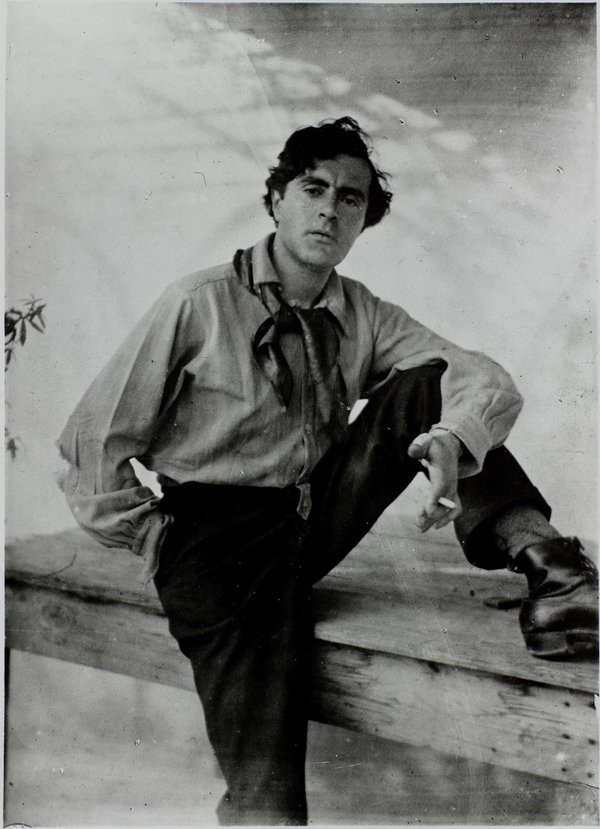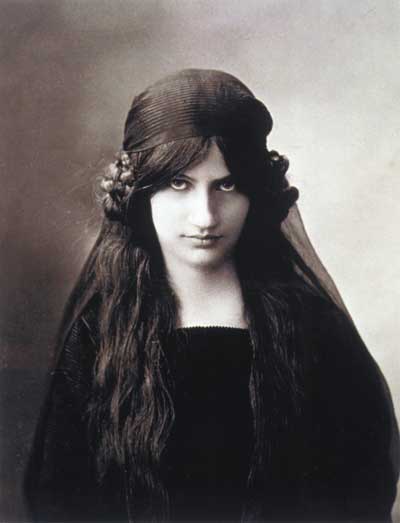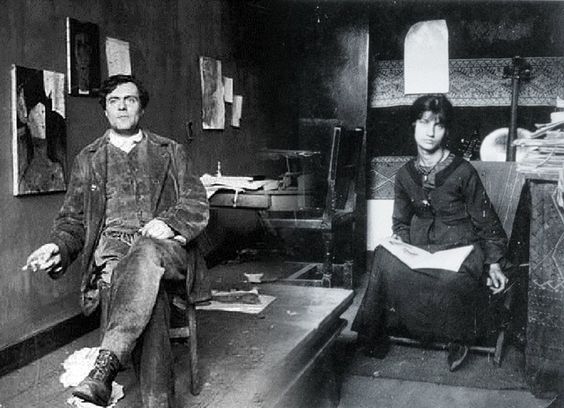Alcoholic. Addict. Womanizer. Amedeo Clemente Modigliani’s reputation is often reduced to these brutal labels — a tortured artist archetype neatly wrapped in scandal. He died at just 35 from tuberculous meningitis, poor and largely unrecognized, having held only a single exhibition in his lifetime. And yet today, his art sells for tens of millions, hanging in the world’s most prestigious galleries.
But behind the hollow myth of Modigliani, the reckless genius was a man shaped by contradictions — and by a powerful, all-consuming love.He came from unexpected roots. His mother, Eugénie Garsin, was no ordinary woman. Raised in Marseille, descended from a family of Sephardic Jewish scholars and philosophers (possibly even tracing lineage back to Spinoza), she was fluent in multiple languages and carried intellectual fire in her blood. The family ran a respected credit business with branches from Marseille to London. Modigliani’s bohemian madness didn’t spring from nowhere — it was tangled with brilliance, history, and pain.
When he arrived in Paris in 1906, the young Modigliani was unrecognizable from the wild-eyed, wine-soaked legend he would become. He was clean, courteous, even shy — sketching demure nudes at the Académie Colarossi, writing lovingly to his mother, and sipping wine in moderation. But Paris had its own gravity. Within a year, he had transformed. The dapper academic was gone. In his place stood a gaunt, haunted “prince of vagabonds.”
Then came Jeanne.
In the spring of 1917, the Russian sculptor Chana Orloff introduced him to Jeanne Hébuterne, a 19-year-old art student from the Académie Colarossi — and everything changed.
Jeanne was quiet, almost painfully shy, with porcelain features and a fierce artistic drive that too often gets erased by the fact that she became his muse. But she was a talented painter in her own right — her style leaning toward Expressionism — and had been ushered into the Montparnasse art scene by her brother André.
Modigliani was deep in the spiral of addiction by then, and many believe his destructive behavior was less rebellion and more self-medication for the tuberculosis slowly eating away at him. But Jeanne saw through the chaos. She loved him fiercely and wholly, despite her family’s disapproval.
They moved in together, and Jeanne became the heart of Modigliani’s final years — the muse he painted over and over again, the only semblance of a stable relationship he ever had. They moved to Nice in 1918, where they had a busy social life with many friends, including Pierre-Auguste Renoir and Pablo Picasso. While in Nice, their daughter, Jeanne Modigliani, was born. Modigliani already had a son from his relationship with Simone Thiroux, Gérard Thiroux, and at least two other illegitimate children. When they returned to Paris a year later, Jeanne was pregnant again. By then, Modigliani was suffering from tuberculous meningitis, and his health was deteriorating badly. As Modigliani neared the end, her family still refused to allow their marriage. He was destitute, alienated, and dying.
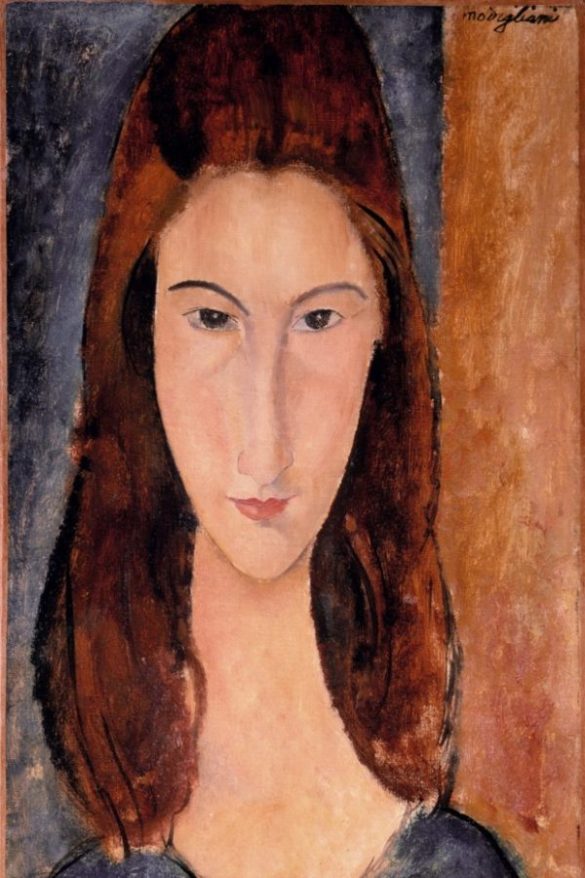
Then, on a cold night in January 1920, Modigliani died in Jeanne’s arms.
Two days later, eight months pregnant and devastated beyond repair, Jeanne climbed to the fifth floor of her parents’ apartment and jumped. She was only 20. She didn’t just end her own life — she took their unborn child with her.
She was buried quietly at Bagneux, far from Modigliani. Only ten years later did her family finally agree to have her reburied beside him in Père Lachaise Cemetery. Her tombstone reads: “Devoted companion to the extreme sacrifice.”
And it was.
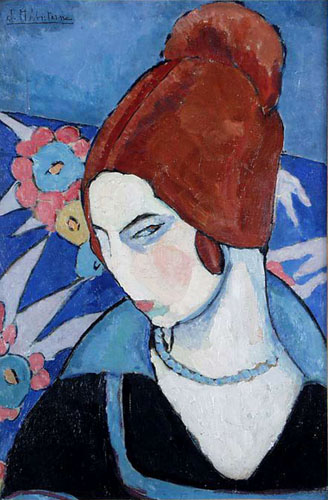
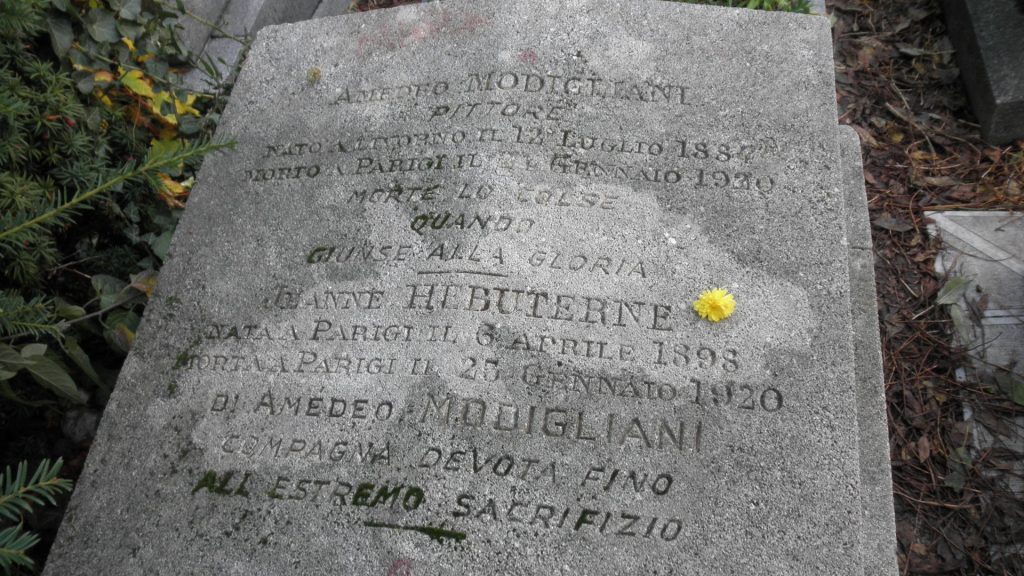
Their daughter, little Jeanne, was adopted by Modigliani’s sister and raised in Italy, shielded from the tragedy of her parents’ story. But the blood of artists runs deep. As an adult, Jeanne sought out the truth. She researched her parents’ lives, rewrote their narrative, and gave voice to their story in her book, Modigliani: Man and Myth.
So yes, Modigliani’s works may command astronomical prices today. But no auction, no collector, no expert can ever place a value on the story of Amedeo and Jeanne — two brilliant souls undone by love, illness, and time.
And what a different world it would have been… if only they’d had five more years.

